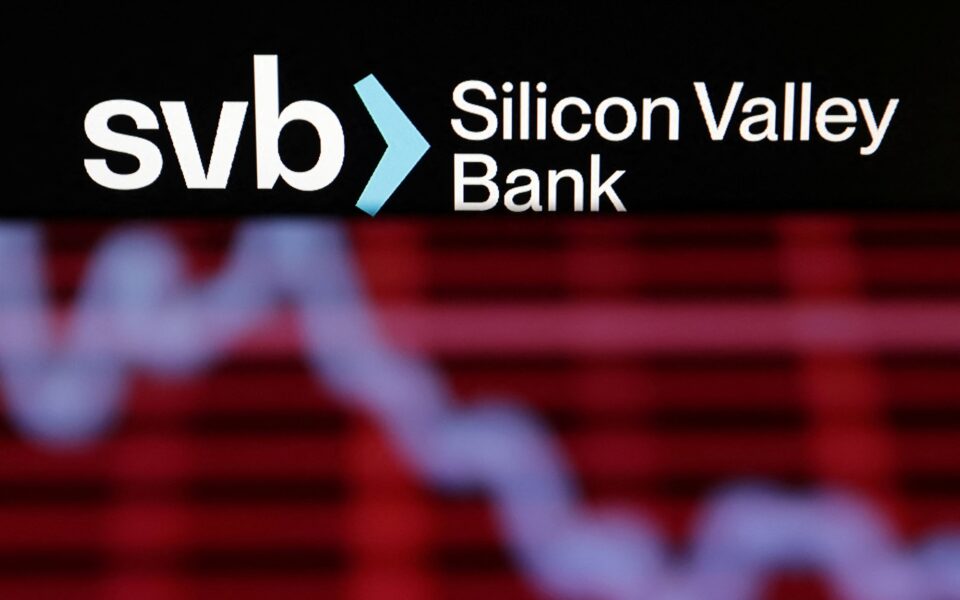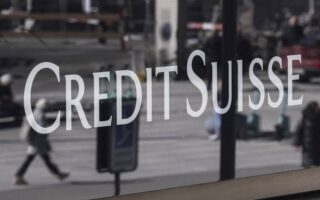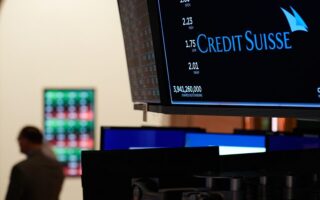How to avert a new banking crisis

In the 2015 movie “The Big Short,” a disenchanted Wall Street banker portrayed by Steve Carell discovers that the until then roaring US housing market rests on flimsy foundations, years of precarious loan-giving, creating a bubble. Our banker, utterly disappointed by the inner rot of the “system,” duly proceeds to bet against it and, in doing so, wins a fortune. In the meantime, shockwaves spread to the rest of the world, creating a global financial crisis.
We thought such unfortunate situations belonged to the past. And then suddenly they did not. A few weeks ago, Silicon Valley Bank (SVB) was taken over by US authorities following its inability to respond to its mounting obligations. The virus quickly spread to Europe: Credit Suisse would enter a spiral of turbulence that would lead to its collapse some days later. Deutsche Bank is shaking and with it global investors.
How did it come to this?
Let’s zoom in on “patient zero.” Under the Covid pandemic, SVB was flooded with cash. Benefiting from a stimulus unseen since World War Two, tech companies rushed to deposit large sums with the bank. The patient seemed healthy. But then, demand began outstripping supply and inflation rose to levels unseen since the 1970s. The US Federal Reserve had to rapidly increase interest rates to contain it.
The steep hike from 0 to 4.75% led to a subsequent reversal of trust in the US economy and inflicted considerable damage on tech companies, which gradually started to withdraw cash from SVB to meet their needs. This was not enough to shake the bank. But when SVB liquidated some of its assets to facilitate these moderate withdrawals, it suffered certain losses that further unnerved its clients.
To be fair, SVB had invested mainly in rather safe channels: long-term bonds. These pay well when interest rates are low, as they were when SVB acquired them. But interest rates cannot remain at 0 forever. And as they rose, the value of long-term bonds began to drop, causing losses to SVB, which had failed to diversify its investments. Still, however, the losses seemed negligible.
Somehow, though, SVB’s clients responded with a mass withdrawal: In 24 hours, a staggering 25% of deposits were gone. This happened because, unlike 2008 and any other crisis, clients were absurdly well-connected and moved en masse. Not unexpected of Silicon Valley tech people, but still pernicious in moments of panic.
By early 2023, Silicon Valley Bank was under Fed “horizontal review,” in order to assess the strength of its risk management. That checkup identified additional deficiencies – at that point, the bank’s days were numbered. Regulators and management did not manage to avert a crisis in their respective fields but also cooperating with each other, at least until it was too late.
Financial viruses, just like natural ones, will hit the weak hardest. Unlike SVB, European Credit Suisse never actually recovered from the 2008 financial crisis. The consecutive losses and scandals it endured were not remedied by the consecutive changes in leadership it implemented. Following a 50 billion help package by the Swiss government, it was eventually acquired by its rival, UBS.
However, rumors have not ceased. So, what now?
As the first bodies fall, banks and big enterprises in the global economy room will start looking at each other in suspicion: “Can I do business with them or will they be next, leaving me exposed to their losses?” That may imply that otherwise healthy businesses will find it harder to secure credit, affecting the levels of investment and economic activity, and consequently the economic health of borrowers. In short, a vicious cycle of reduced income and confidence.
To make matters worse, there are the structural issues: For banks, deregulation, revived animal spirits (especially in the US), greed in the good years of the business cycle and panic in the bad ones, inefficient risk management and cooperation with regulators, socialization of losses. And on top of that: Geopolitical fragmentation with the first war in Europe since 1945; inflation levels and energy prices unseen since the 70s; debt double of that era; unprecedented environmental degradation.
The antidote is trust. No bank, no matter how healthy, can survive a massive bank run. That’s how the leveraged system works. What keeps the strings together is client trust. If banks and governments manage to generate enough of it, the financial system will emerge victorious from these turbulences.
Trust is earned when doing right by one’s responsibilities. Banks are private businesses running for profit. But at the same time they directly affect vital household deposits, business credit, and financing of projects that ensure a better future, like the green transition. Their new business model will have to make a better balance out of the banks’ profit-seeking goals and potential for positive public impact, while operating under market laws.
Steve Carell’s banker would feel in awkwardly familiar waters witnessing recent developments. He would assert that despite our efforts, the lessons from 2008 were not properly integrated into our policies: The current situation may not include toxic mortgage titles, but we may still be looking at a precipice in front of us.
The new equilibrium in the financial sector that would help our disenchanted banker find meaning again in a 2023 “Big Short” spin-off is what banks are after right now.
Nikolaos Neos is an economist at Rabobank NL.





